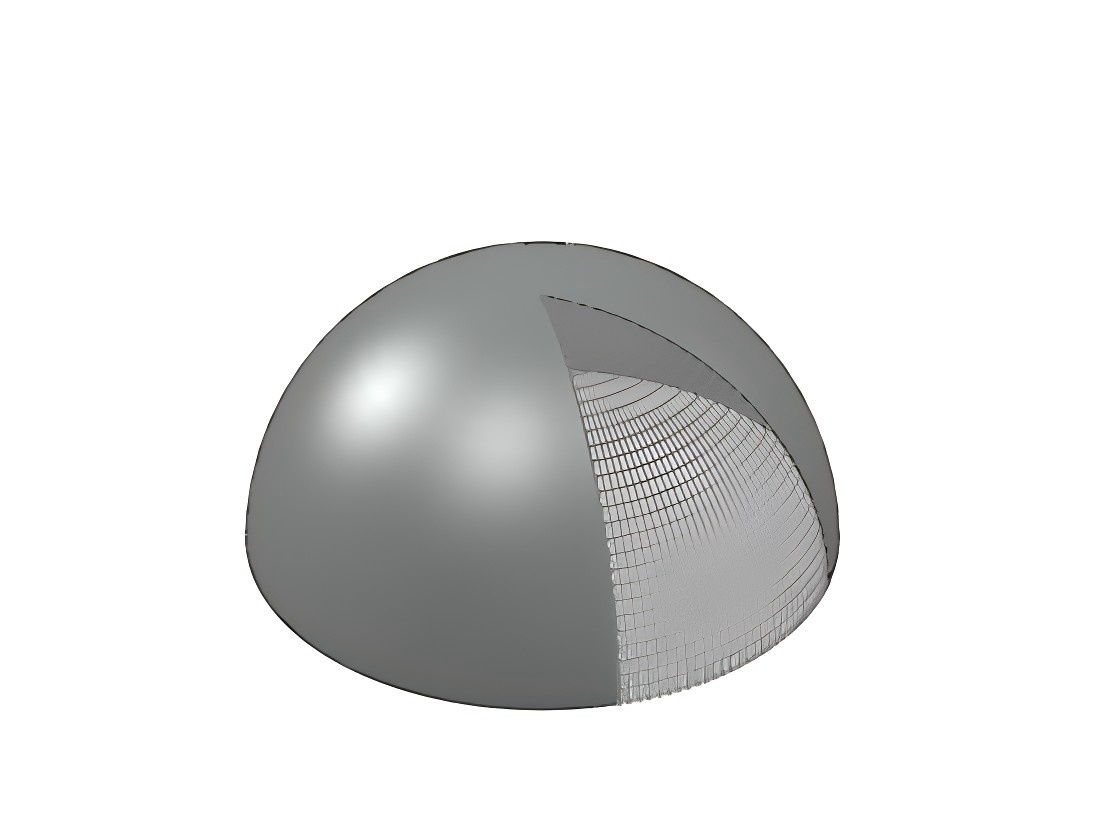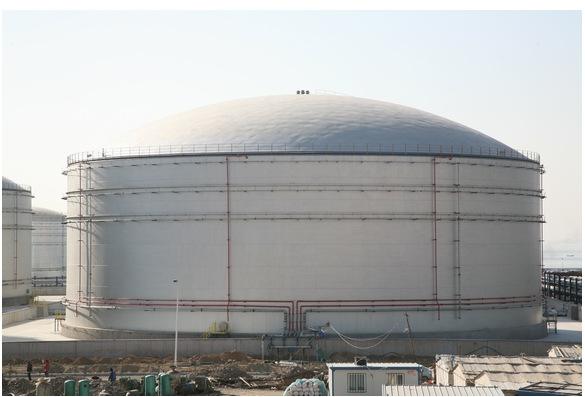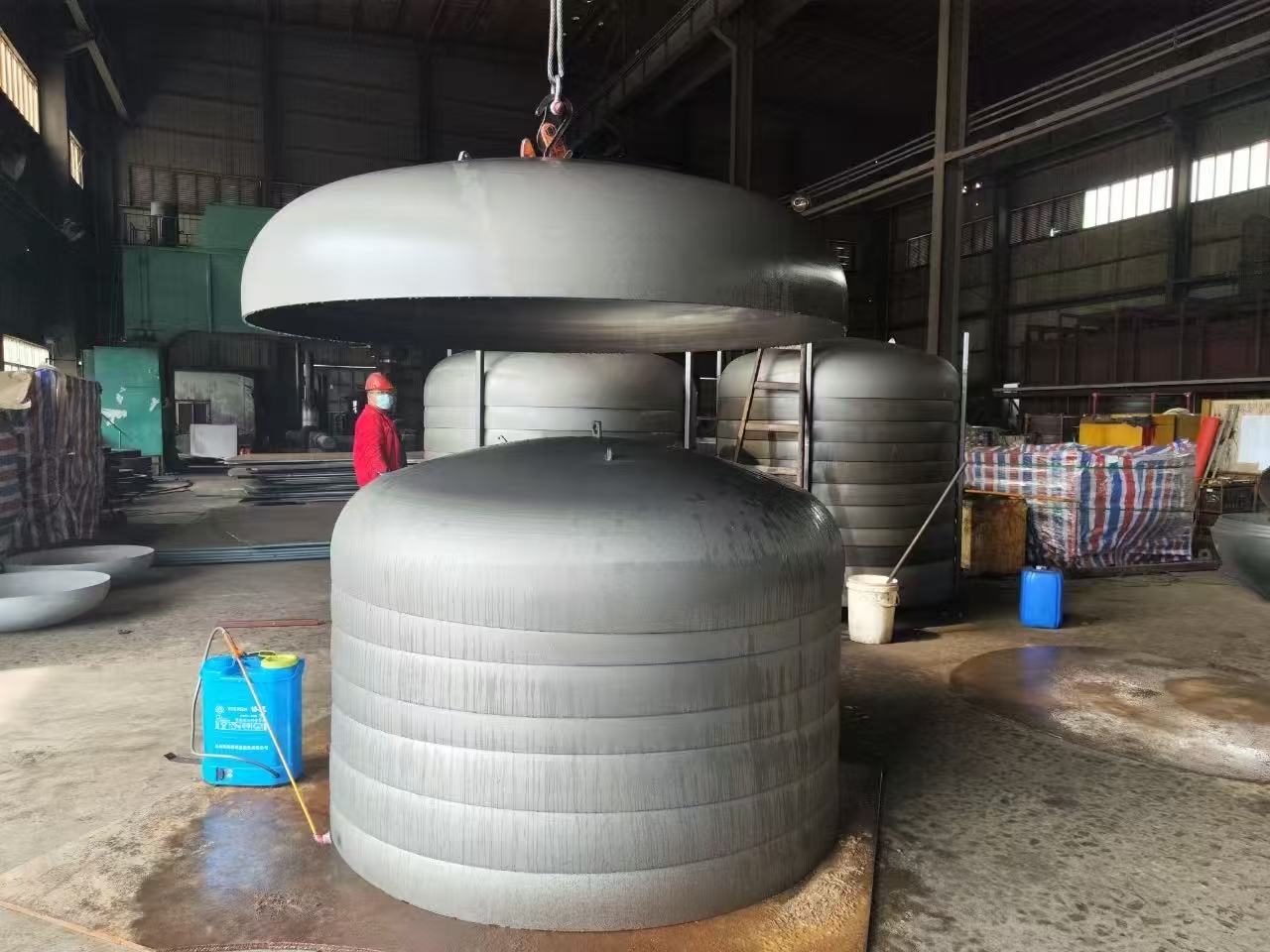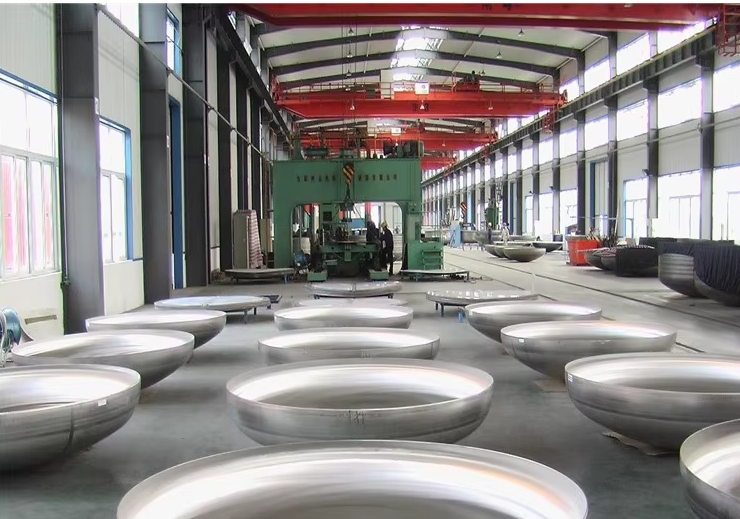Basic Types of Winding Patterns for Composite Pressure Vessels
Upload Time:
Jan 24, 2025
Introduce each winding type and how they are used in manufacturing.
Currently, the filament winding process for manufacturing composite pressure vessels is highly developed. When choosing a manufacturing method for these vessels, filament winding is commonly selected due to its effectiveness. There are three primary types of filament winding patterns, based on the direction of the winding line: spiral winding, hoop winding, and longitudinal winding.
Spiral Winding
Spiral winding typically follows a geodesic line, with an angle of inclination to the axis of the mandrel usually between 30° and 60°. This winding pattern provides both hoop and axial load-bearing strength. Both the barrel and head sections of the composite pressure vessel can be spirally wound. However, in principle, the pole holes at both ends of the vessel should be of equal size to maintain uniformity.
Hoop Winding
This method involves winding along the circumference of the mandrel, and it primarily offers hoop load-bearing capacity. Because it only provides hoop strength, hoop winding is rarely used by itself and is often combined with other winding patterns. The barrel section of the composite pressure vessel can be wound circumferentially, but the head section cannot. The angle between the winding line and the mandrel's axis is typically small.
Longitudinal Winding
Also known as plane winding, this type typically has an angle of between 0° and 25° with the axis of the mandrel, and the winding follows the direction of the pole holes at both ends. Longitudinal winding primarily provides axial load-bearing strength. Both the barrel and head sections can be wound longitudinally, and it is suitable for containers with differing hole sizes at each end. This method is commonly used for short and thick pressure vessels.
Spiral Winding
Spiral winding typically follows a geodesic line, with an angle of inclination to the axis of the mandrel usually between 30° and 60°. This winding pattern provides both hoop and axial load-bearing strength. Both the barrel and head sections of the composite pressure vessel can be spirally wound. However, in principle, the pole holes at both ends of the vessel should be of equal size to maintain uniformity.
Hoop Winding
This method involves winding along the circumference of the mandrel, and it primarily offers hoop load-bearing capacity. Because it only provides hoop strength, hoop winding is rarely used by itself and is often combined with other winding patterns. The barrel section of the composite pressure vessel can be wound circumferentially, but the head section cannot. The angle between the winding line and the mandrel's axis is typically small.
Longitudinal Winding
Also known as plane winding, this type typically has an angle of between 0° and 25° with the axis of the mandrel, and the winding follows the direction of the pole holes at both ends. Longitudinal winding primarily provides axial load-bearing strength. Both the barrel and head sections can be wound longitudinally, and it is suitable for containers with differing hole sizes at each end. This method is commonly used for short and thick pressure vessels.
Each winding method has its own set of advantages and limitations. In practice, it is uncommon to use just one type of winding pattern. Often, two or more winding types are combined to optimize the performance and structure of the composite pressure vessel.
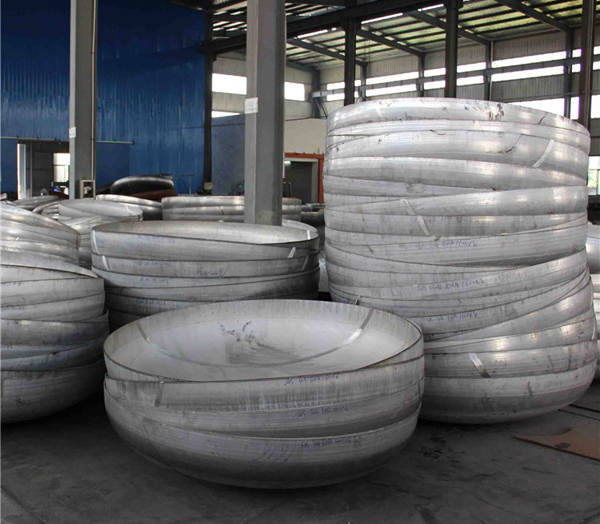
Relevant News
